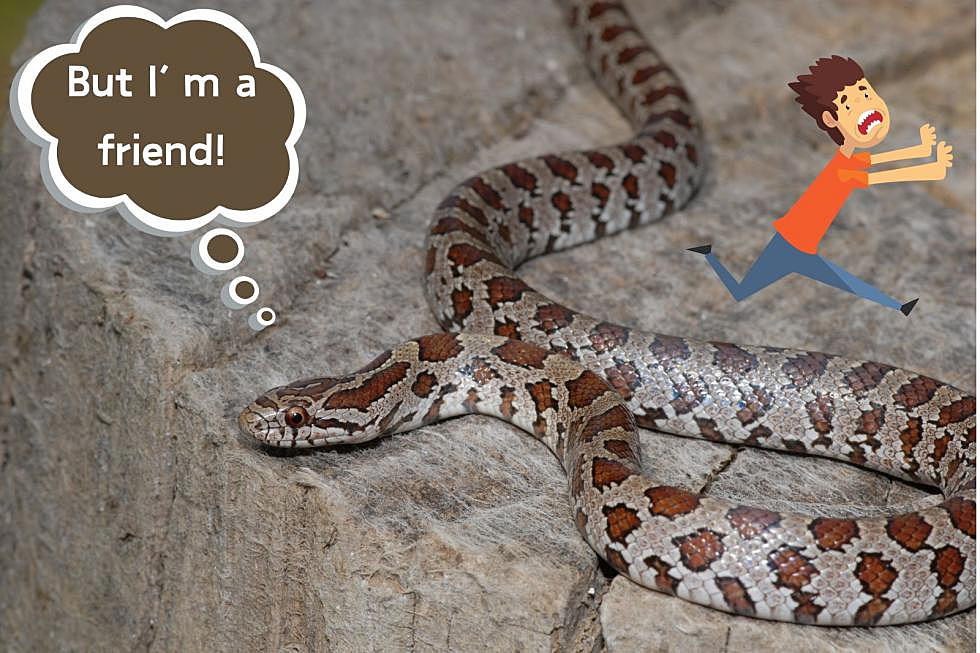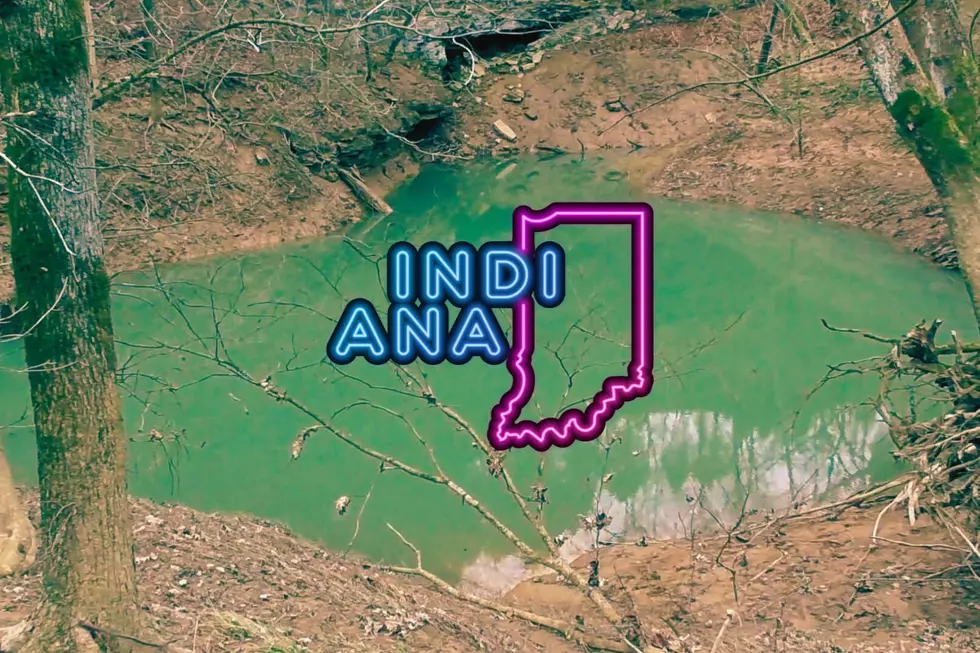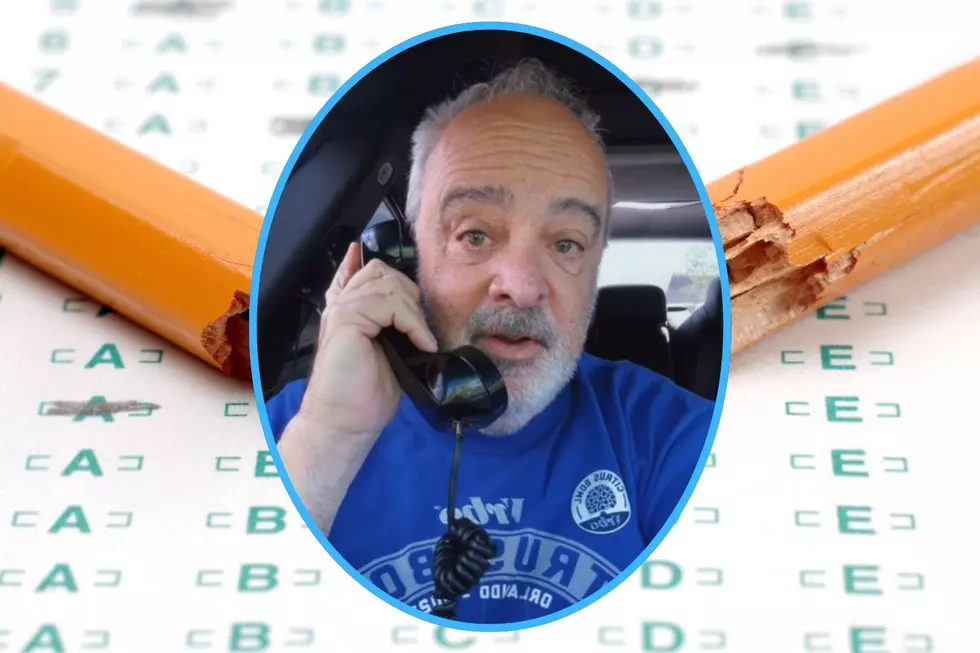
Kentucky Snake Haters Should Never Kill This Snake
First of all, it's recommended by experts that we never kill any snakes as they are natural enemies of vermin most don't wish to have around. I'm thinking about mice, rats, and the like.
I'll go you one further. We are also recommended not to kill certain venomous snakes, like the coral snake, the fer-de-lance, and the eastern coral snake because they are endangered. The good news is that none of those is indigenous to Kentucky and cannot endanger US.
Kentucky Snake Species -- the Good, the Bad, and the Bad But Pretty
But many snake haters aren't interested in what is or isn't endangered when it comes to serpents and would just as soon they all be gone. So before you grab a hoe or a shovel and start going after that harmless garter snake, take a beat and understand it wants no part of you, either.
It might be helpful to know what Kentucky's poisonous snakes look like. Kentucky Afield's John MacGregor helps us out in that department.

He doesn't cover the timber rattler and the pygmy rattler here, but you will HEAR them if you get too close. Then your blood will run cold, and you'll start searching for one of THESE which are much easier to find in WESTERN Kentucky (and Missouri):
Unfortunately, because of their close resemblance to copperheads--ironically, one of its prey--young prairie kingsnakes can fall victim to panicked passersby who think they are poisonous.
Prairie kingsnakes are immune to the venom of pit vipers, making them friendly reptiles to have around. However, they may not always be "around" as they have a reputation for reclusiveness, often preferring to hang out in mammal burrows or other underground passages.
But if you fear the presence of pit vipers, don't make the mistake of harming the prairie kingsnake. He will "handle" everything and with a smile on his face...I mean, IF they smiled.
WATCH OUT: These are the deadliest animals in the world
More From WBKR-FM









